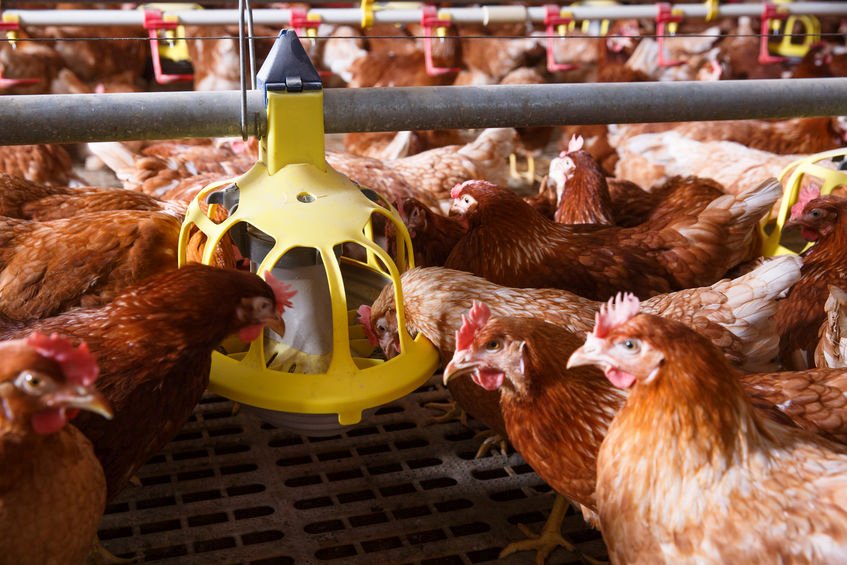
The unpredictability of the British climate is leading to an increase in heat stress losses in poultry units, NFU Mutual has warned.
The changeable climate means temperatures can vary widely from day to day during summer, the insurer said, adding that sudden spikes can 'very quickly' lead to heat stress.
It said the situation can be made worse if cooling equipment was not maintained rigorously or staff weren't trained to spot the signs of stress.
Poultry, in particular, are highly susceptible to heat stress, and the first sign of this in the bird is panting.
Birds are heat stressed if they have difficulty achieving a balance between body heat production and body heat loss. This can occur at all ages and in all types of poultry.
Ian Jewitt, MD of NFU Mutual Risk Management Services said: “All types of poultry can be affected by heat stress – but the birds most at risk are meat birds that are towards the end of their crop cycle.
"To minimise the risk of losses, cooling equipment and controls must be maintained and checked rigorously and management systems put in place and tested to ensure a quick response if things start to go wrong.”
NFU Mutual said farmers should ensure stocking density does not exceed Defra guidelines, or those of the assurance scheme.
It added that it was good practice to reduce the stocking density further below the guidelines in the summer months.
What measures can I take to avoid heat stress?
NFU Mutual has created a poultry heat stress prevention checklist:
• Ensure the recommended maximum ventilation rates are achieved to avoid overheating and reduce excess moisture.
• Ensure planned preventative maintenance and testing is undertaken to avoid the risk of mechanical /electrical breakdowns.
• It is critical that poultry staff are fully trained and able to recognise early signs of heat stress.
• Staff should check the birds more frequently in hot weather but be careful not to disturb them unduly.
• Consider temporary on-site accommodation for designated staff during periods identified as being at increased risk to reduce any delay in completing any time-critical interventions.
• Test the environmental alarm on a weekly basis to ensure it is fully operational and that all audible alarms can be heard on site.
• Further consideration should be given towards installation of a separate manual temperature variation alarm to ensure that you are aware of an alarm situation in the event of a failure within the main control panel.
• Ensure that you have an available backup generator with enough capacity to power the whole installation.
